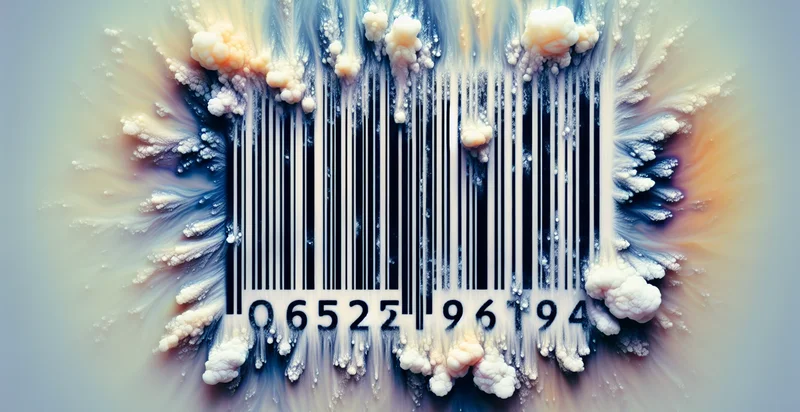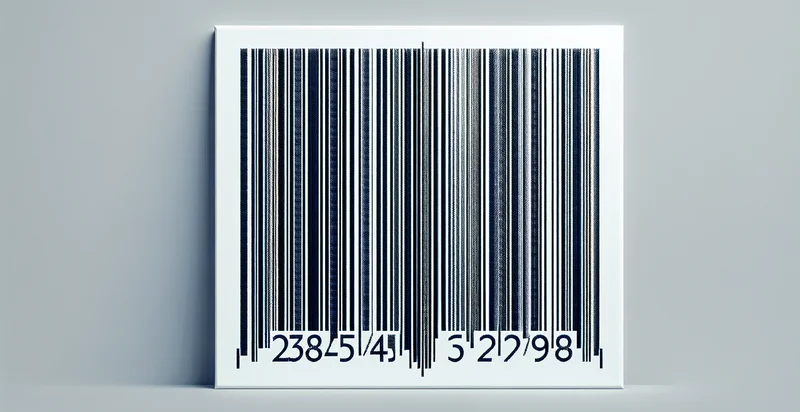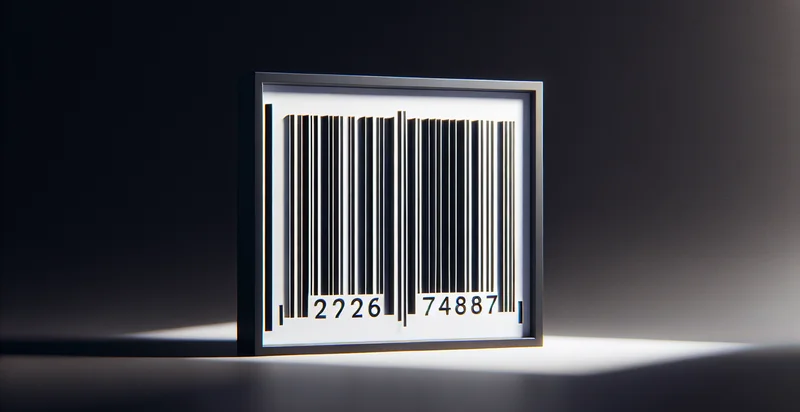Identify if barcode has chemical exposure
using AI
Below is a free classifier to identify if barcode has chemical exposure. Just upload your image, and our AI will predict if the barcode has chemical exposure - in just seconds.

Contact us for API access
Or, use Nyckel to build highly-accurate custom classifiers in just minutes. No PhD required.
Get started
import nyckel
credentials = nyckel.Credentials("YOUR_CLIENT_ID", "YOUR_CLIENT_SECRET")
nyckel.invoke("if-barcode-has-chemical-exposure", "your_image_url", credentials)
fetch('https://www.nyckel.com/v1/functions/if-barcode-has-chemical-exposure/invoke', {
method: 'POST',
headers: {
'Authorization': 'Bearer ' + 'YOUR_BEARER_TOKEN',
'Content-Type': 'application/json',
},
body: JSON.stringify(
{"data": "your_image_url"}
)
})
.then(response => response.json())
.then(data => console.log(data));
curl -X POST \
-H "Content-Type: application/json" \
-H "Authorization: Bearer YOUR_BEARER_TOKEN" \
-d '{"data": "your_image_url"}' \
https://www.nyckel.com/v1/functions/if-barcode-has-chemical-exposure/invoke
How this classifier works
To start, upload your image. Our AI tool will then predict if the barcode has chemical exposure.
This pretrained image model uses a Nyckel-created dataset and has 2 labels, including Chemically Exposed and Clean.
We'll also show a confidence score (the higher the number, the more confident the AI model is around if the barcode has chemical exposure).
Whether you're just curious or building if barcode has chemical exposure detection into your application, we hope our classifier proves helpful.
Related Classifiers
Need to identify if barcode has chemical exposure at scale?
Get API or Zapier access to this classifier for free. It's perfect for:
- Hazardous Material Handling: This function can be used in warehouses and distribution centers to identify barcodes on packages containing hazardous chemicals. By assessing exposure risks, workers can be alerted, ensuring proper safety protocols are followed during handling and storage.
- Retail Inventory Management: Retailers can implement this function to monitor stock for potential chemical exposure. Automated alerts can be generated for items that may pose health risks to employees or customers, helping to manage inventory safely and ensure compliance with health standards.
- Supply Chain Safety Audits: Logistics companies can use this identifier to conduct safety audits of shipments. By scanning barcodes and identifying chemical exposure, companies can proactively address safety issues and maintain compliance with environmental regulations.
- Emergency Response Planning: Organizations can leverage this function for effective emergency preparedness. By identifying products with potential chemical exposure, businesses can develop targeted response plans and training for employees, reducing risk during incidents.
- Quality Control in Manufacturing: In manufacturing settings, this function can help quality control teams detect if materials have been exposed to harmful chemicals. By integrating this technology, companies can enhance product safety and ensure that end products meet compliance standards.
- Environmental Monitoring: Environmental agencies can utilize this function in monitoring the movement of hazardous materials. By tracking barcodes, they can identify chemicals in transit, facilitating better management of environmental risks and compliance reporting.
- Consumer Safety Notification System: Businesses can implement this identifier in a consumer notification system to inform customers about potential chemical exposure in purchased products. This proactive approach can enhance brand trust and promote customer safety awareness.


